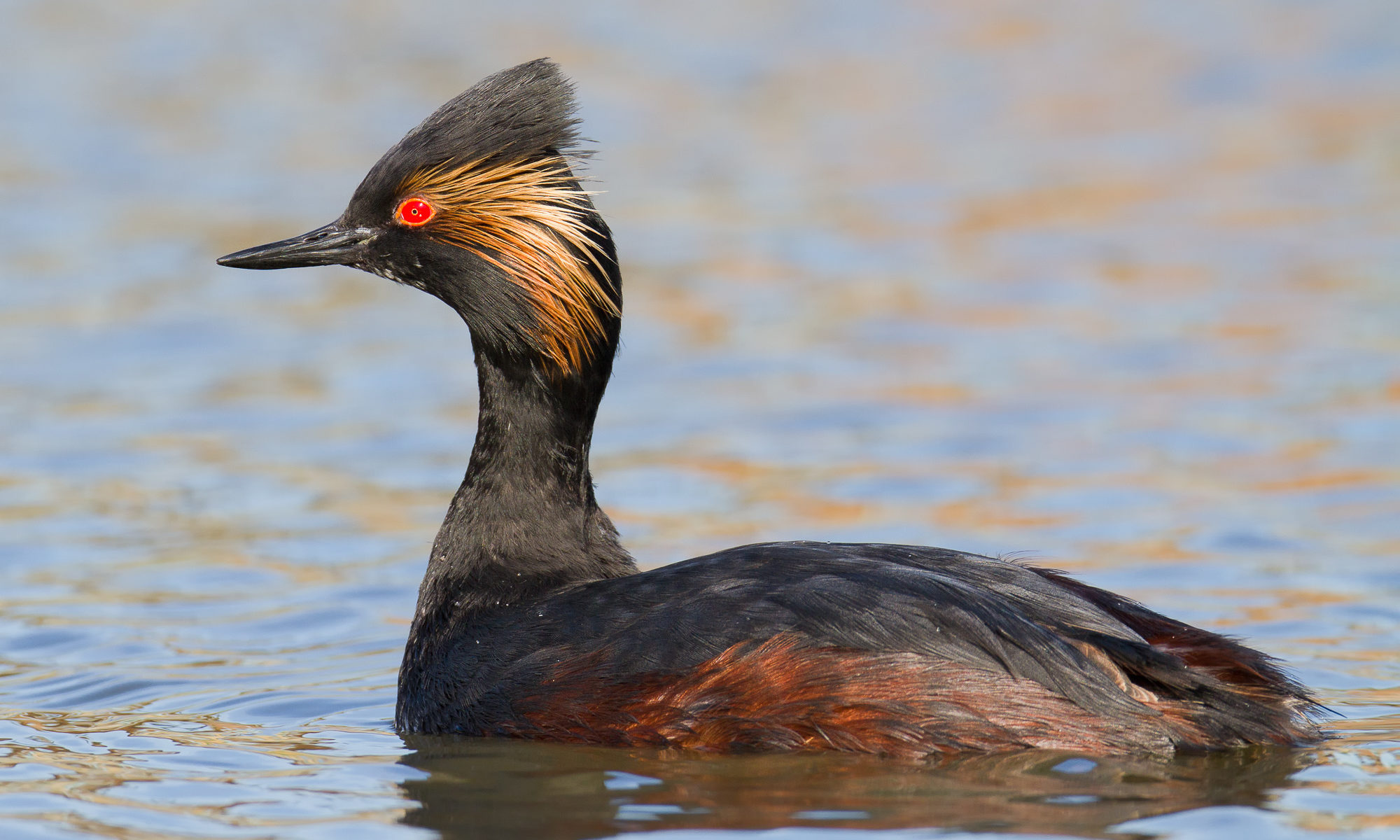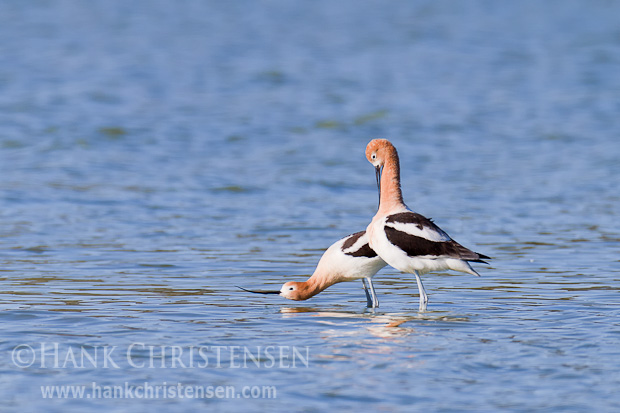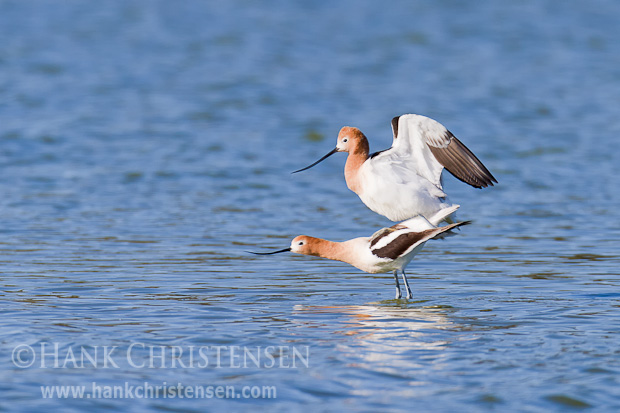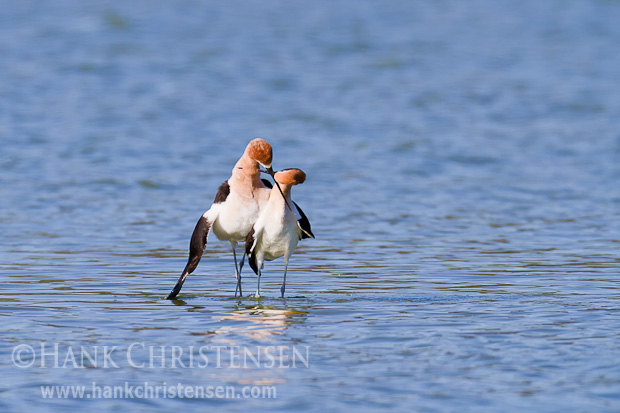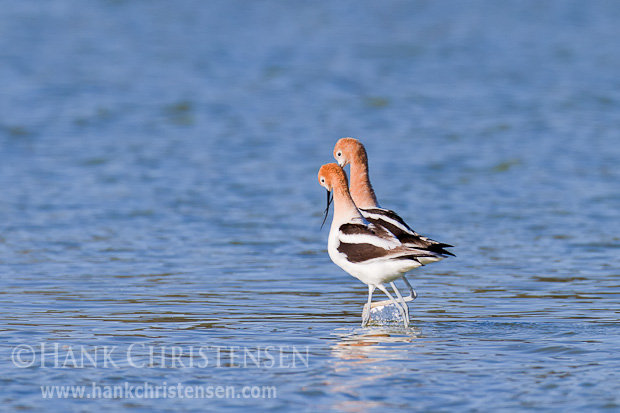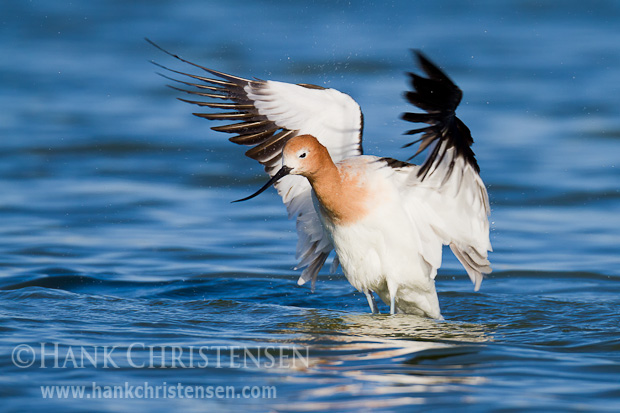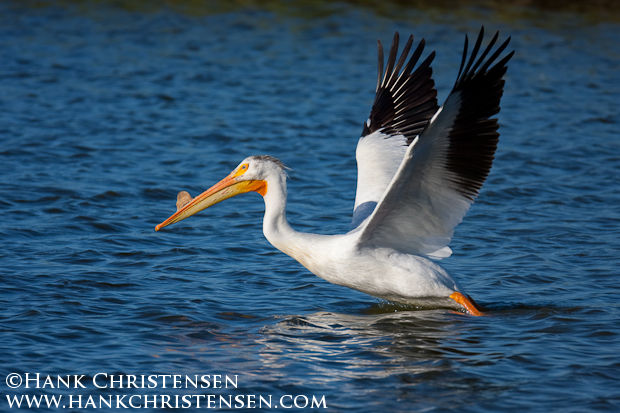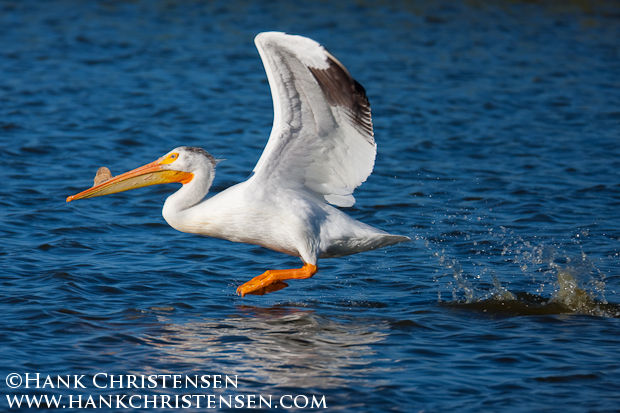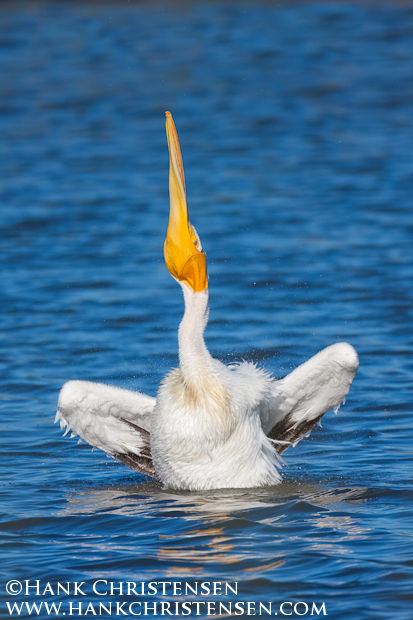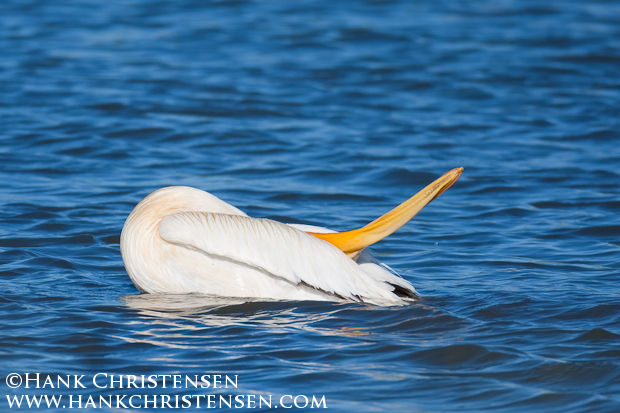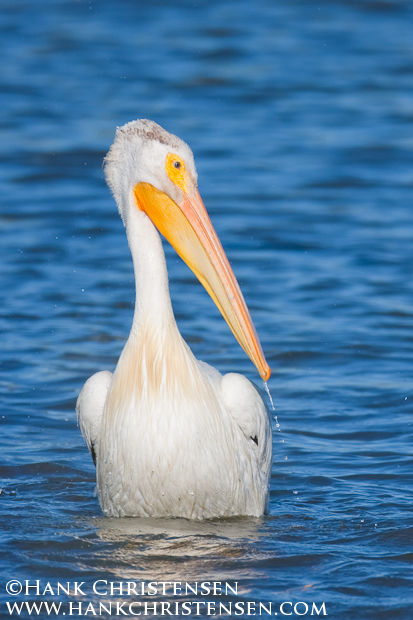As a bird photographer, I strive to know as much about my subjects as possible. This not only helps me to quickly identify the species for stock photo sales purposes, but also to understand behavior in order to be in the right place at the right time. No matter what you’re photographing, the better you know your subject the better and more intimate your photos will be.
One problem area that crops up occasionally in identifying a particular species is a bird’s breeding plumage vs. its winter plumage. Many species molt into a different color and pattern of feathers, some as many as four times a year! Often a bird can look completely different in the winter than they do in the summer (during breeding season). Winter plumage tends to be more drab and monochromatic and it makes certain species very difficult to distinguish from one another. Below are two photos, one of an eared grebe and one of a horned grebe, both in winter colors.
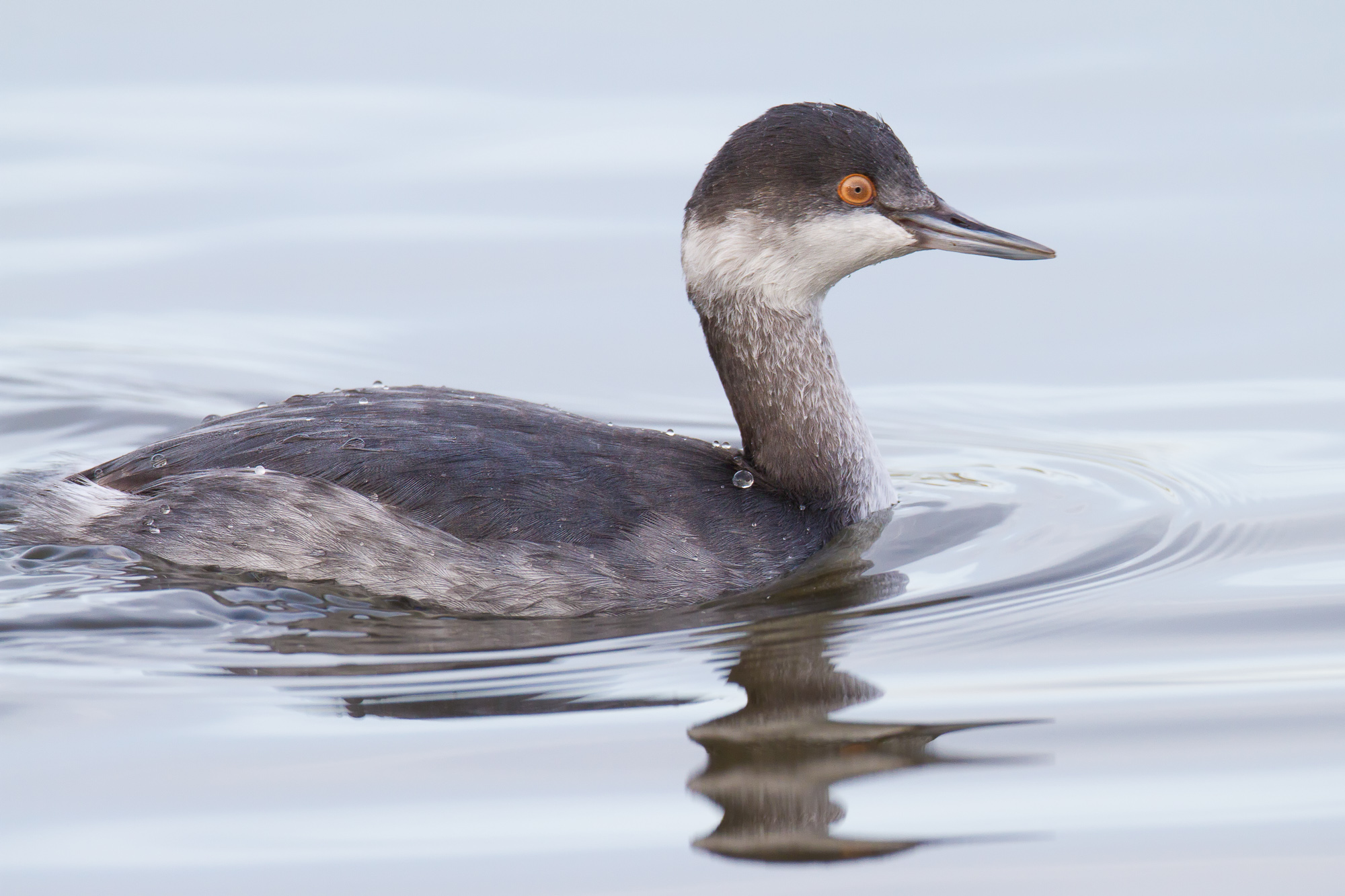
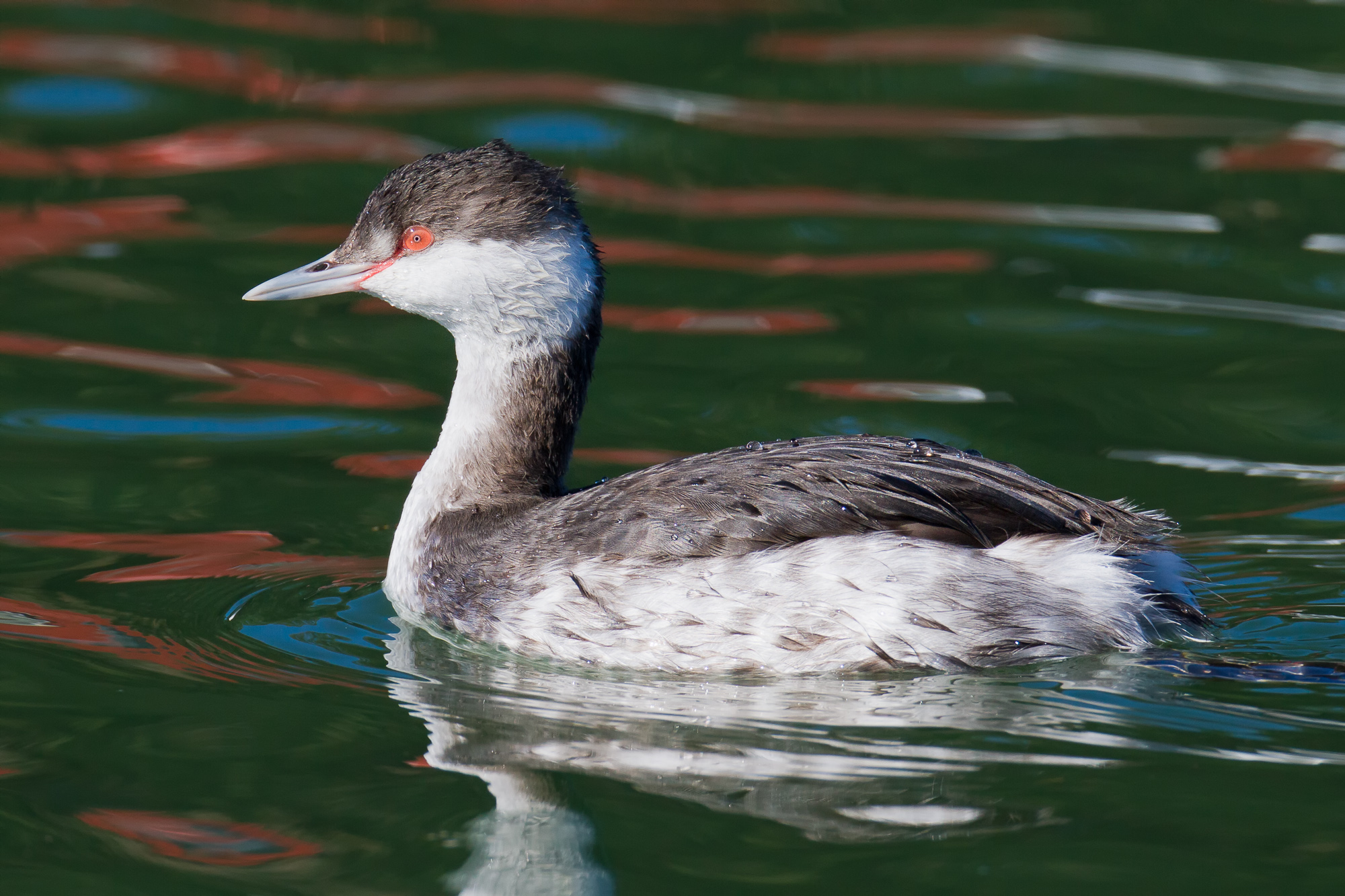
These two grebes can be very difficult to tell apart, especially when one is only given quick views in between dives. Eared grebes tend to have more dark feathers on the front of their neck, whereas horned grebes have no dark feathers there (though that rule isn’t hard and fast). Another distinguishing characteristic is the presence of darker feathers beneath an imaginary line drawn from the end of the bill, underneath the eye, and around the back of the neck. Eared grebes have dark feathers here, while horned grebes don’t. Finally, eared grebes have a bill which turns ever so slightly up at the tip, while the horned grebes’ bill turns slightly down.
As you can see, these differences are slight, and make the two birds difficult to identify with certainty. Now compare the two birds in breeding plumage.
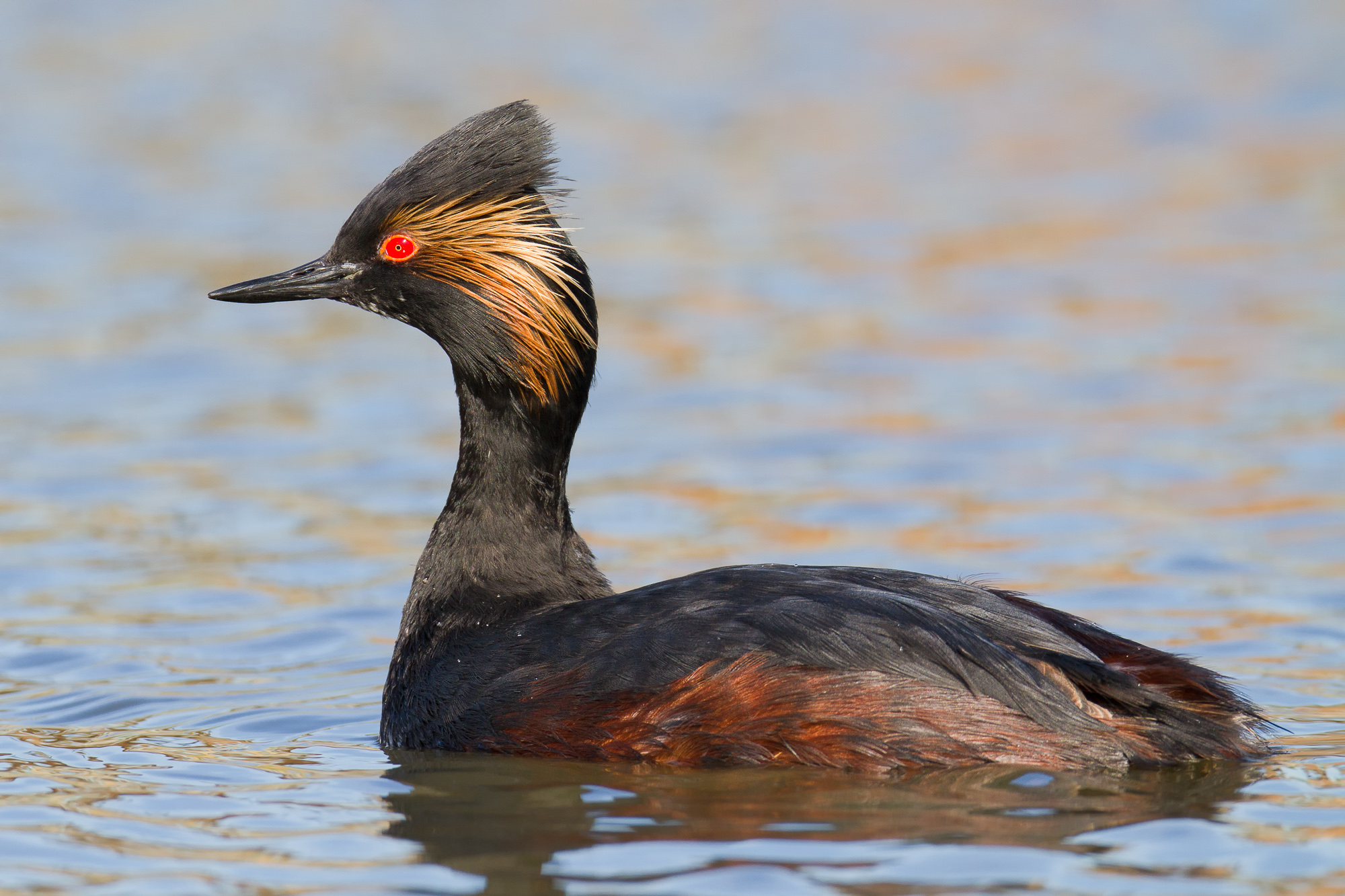
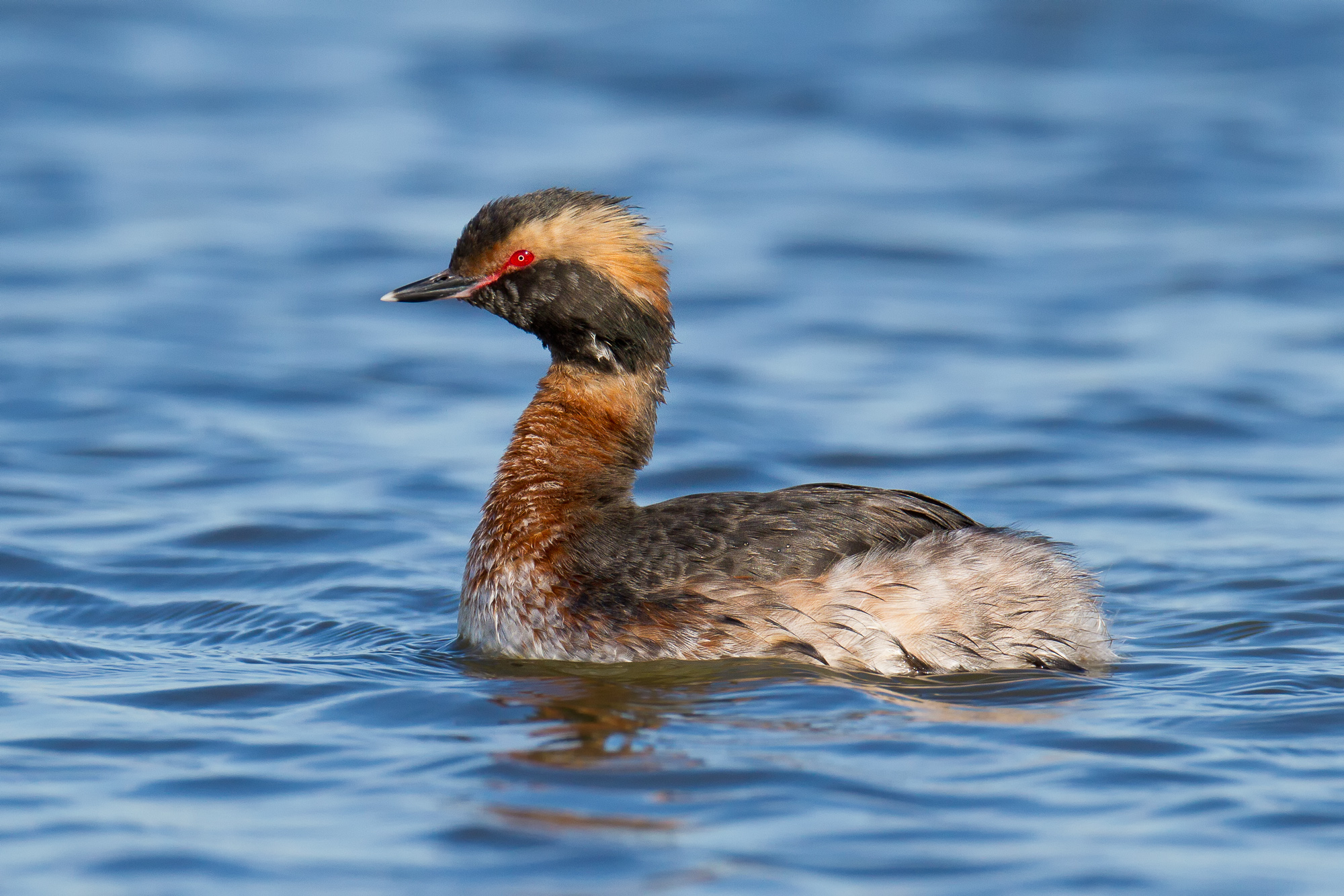
Not only are the birds very easy to tell apart, but they look nothing like their winter counterparts. The basic shapes of the birds are consistent, but the colors and additional feather patterns introduced into the breeding plumage keep the novice bird watcher on his toes. This type of challenge can only be overcome through experience (and frustration!). I can have a beautiful photo of a bird in the best light, but without properly identifying the species, the image isn’t salable. Luckily I have experienced friends who can help me get on the right track when I find myself with a tricky ID.

